The difference between floodlights and other projection lamps
At present, there are individual phenomena for the evaluation of the floodlighting fixtures according to the safety standards of the fixed general-purpose lamps, so that the wind pressure, the fixing device, the positioning locking device, the vibration, the glass cover test, the marking, etc. are not evaluated, and when these products are used outdoors There are security risks. As the manufacturer and inspection department of the luminaire, the luminaire should be properly recognized to understand its application characteristics and structural characteristics.
Luminaires with adjustable beam angles are generally classified as projection lamps. Projection luminaires include floodlights, spotlights, searchlights, wall washers, and other projection fixtures.
The English name of the floodlighting fixture is floodlight, and the English for floodlighting is floodlighting. In the standard of GB 7000.7-2005 "Safety Requirements for Projector Lamps", floodlighting is defined as "illumination that is projected onto the entire surface or the illumination of the object is much larger than the illumination of its surroundings". Floodlights are defined as "lights used for floodlighting". These are very simple definitions and obviously not enough to understand what a floodlighting fixture is. Clearly understanding the floodlighting fixtures also needs to understand the scope of use of the floodlighting fixtures from the application point of view, and understand the working mode of the floodlighting fixtures from the CIE related lighting standards to identify the floodlighting fixtures.
First, the application characteristics of floodlighting and other projection lighting
(1) Projection lamps, spotlights, searchlights and wall washers are professional projection lamps for different purposes.
In the International Commission on Illumination CIE 17.4-87 "Lighting Terminology", floodlighting is defined as "usually illuminating a scene or object with a projection luminaire in order to increase its illuminance level significantly in the illumination level of the adjacent environment". Projection lighting is to fill the light with a scene or object, so the other name of the floodlighting fixture is closer to its application characteristics, that is, the floodlight fixture is consistent with the literal translation of the English noun floodlighting; Illuminated luminaires are projection luminaires that are specifically designed for floodlighting. Therefore, floodlighting fixtures are a type of projection luminaire.
In CIE 94-1993 "Guide to Projection Lighting", six objects of floodlighting in urban night lighting are introduced: 1) classic architecture; 2) commercial and industrial buildings; 3) natural landscape; 4) bridges, Practical buildings such as railway stations and water towers; 5) works of art such as statues and sculptures; 6) parking lots, parks and flower beds. In addition, the floodlighting lighting is also used in various indoor and outdoor sports venues. An example of the application of a floodlighting fixture is shown in Figure 1.
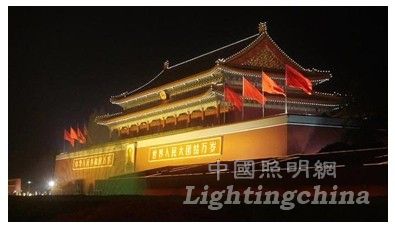
Figure 1 a) Classical architecture
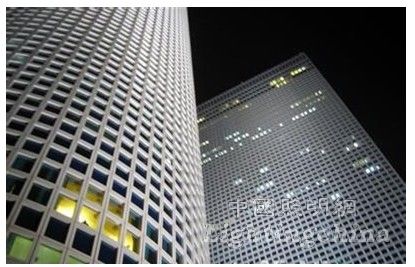
Figure 1b) Office building
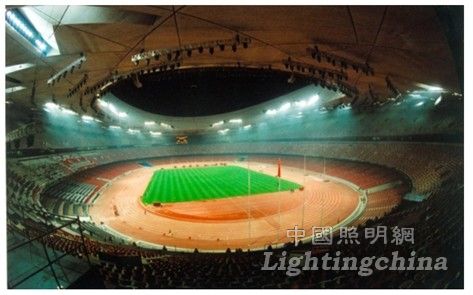
Figure 1c) Sports Venue
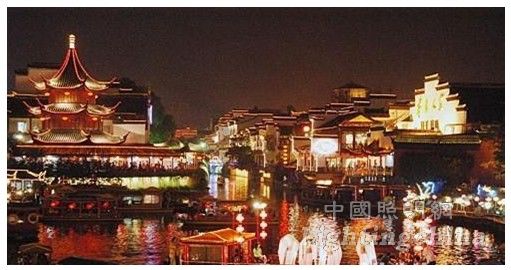
Figure 1d) Park
Figure 1 Example of projection lighting object
Spotlighting (English name; spotlighting) is defined in CIE 17.4-87 "Lighting Terminology" as "significantly increasing the illumination of a limited area on an object compared to the surroundings and producing the least amount of diffused light." The application form of spotlights is mainly the display of store goods, exhibition works and stage lighting effects. The form of lamps used for the display of store goods and exhibition halls is shown in Figure 2. The product form of the stage luminaire is shown in Figure 3.
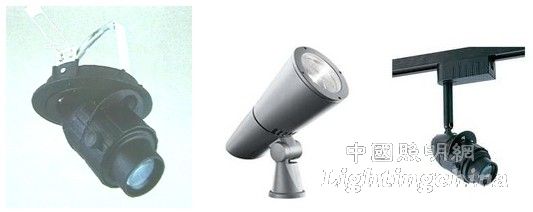
Figure 2 Spotlights for shops and exhibition halls
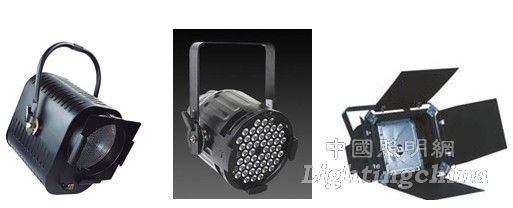
Figure 3 stage lighting
In CIE 17.4-87 "Lighting Terminology", a searchlight (English name; searchlight) is defined as "a high-intensity projection luminaire that emits a parallel beam with a light exit aperture greater than 0.2 m." Searchlights are used for long-distance, search-oriented lighting, mostly for shipping, transportation, and field operations. The search distance can reach more than 500m.
Wall-washing luminaires are luminaires that specify lighting objects. They are only used to improve the brightness of the wall surface and to obtain a certain uniformity. The luminaires are usually used by illuminating the luminaires facing the wall and connecting them in a longitudinal direction. When a certain wall is used, the angle adjustment of the luminaire in the vertical direction is the same.
(2) The light-emitting lamps pay attention to the intersection of multiple light beams to form a lighting effect.
In lighting applications, the object of the floodlighting illumination is the overall lighting effect of a scene or a large building. Generally, multiple or many lamps are used, and different regions are illuminated at different projection angles, and the halo is superimposed and formed. Uniform effect, or outline the shape of the building, or illuminate the exterior of the building.
The illuminating object of concentrating illumination is the limited area on the target object that needs to be highlighted. The area of ​​the projected spot is small, and a single luminaire can complete the intention of a certain key illumination. An example of the application of a concentrating luminaire is shown in Figure 4.
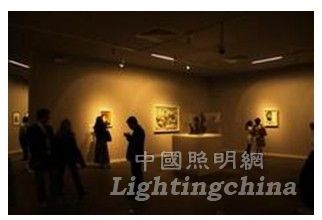
Figure 4a) Exhibition hall display works
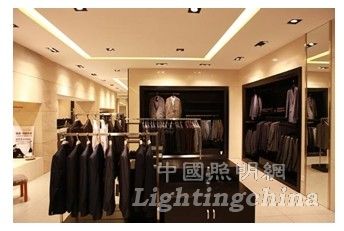
Figure 4b) Store display merchandise
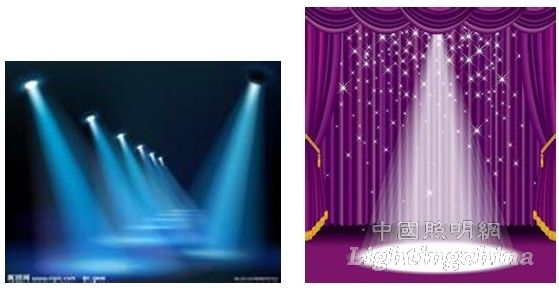
Figure 4c) Stage
Figure 4 Application examples of concentrating lamps
The searchlight fixture is a single lamp for long-distance search operations.
Although the wall washers are also used in combination with multiple lamps, the lamps are usually arranged along the longitudinal direction of the lamps. When a wall is illuminated, the projection angles of the lamps are not much different. In many cases, the illumination is performed at the same projection angle. An example of the application of wall washers is shown in Figure 5.
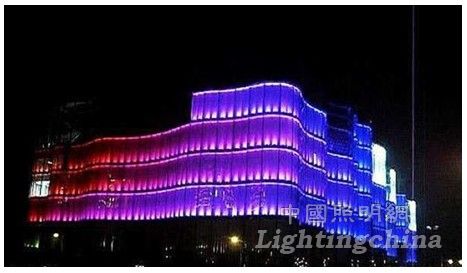
Figure 5 Application examples of wall washers
Second, the structural characteristics of floodlights and other projection lamps
The lighting use of the floodlighting fixture determines the particularity of the fixture angle adjustment device and optical structure different from the spotlight fixture, the searchlight fixture and the wall washer.
1. Angle adjustment device
— Projection luminaires: must include both horizontal and vertical directions, and the vertical axis passes through a vertical section containing the geometric center of the exit face.
In the lighting project, the aiming of the floodlighting fixture is the final step in completing the installation of the floodlighting fixture. Aiming at the final target position of the design, the level of illumination and uniformity can be achieved. The initial aim was to piece together the beam of the floodlighting fixture at a half-peak angular position and then fine-tune it based on the test results. There are two ways to target the floodlighting fixtures: (1) Target aiming, for floodlighting fixtures installed in different appropriate positions. The main active area of ​​the lighting (PPA) is evenly divided. The mark is large enough so that the intersection of the grid lines or the center position of each grid area can be seen at the position of the floodlighting fixture. (2) Angle aiming, for the floodlighting fixture mounted on the pole, usually preset before installing the pole. For angle aiming, the horizontal or vertical protractor provided by the projection luminaire is used to adjust the angle or orientation of the luminaire. The setting of the angle must be related to the size of the site. Normally, the 0 degree of the horizontal angle is set to be perpendicular to the direction of the field edge.